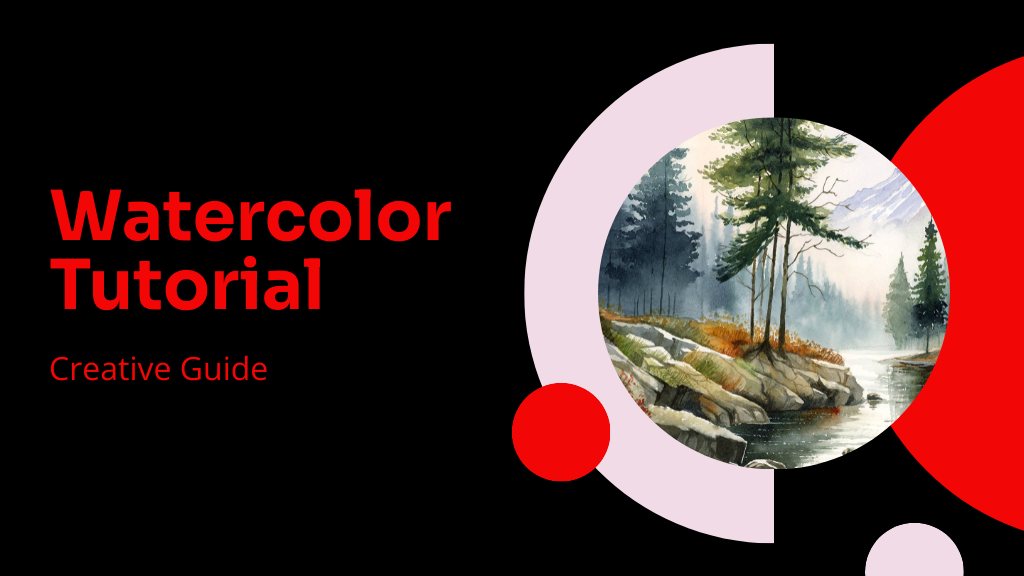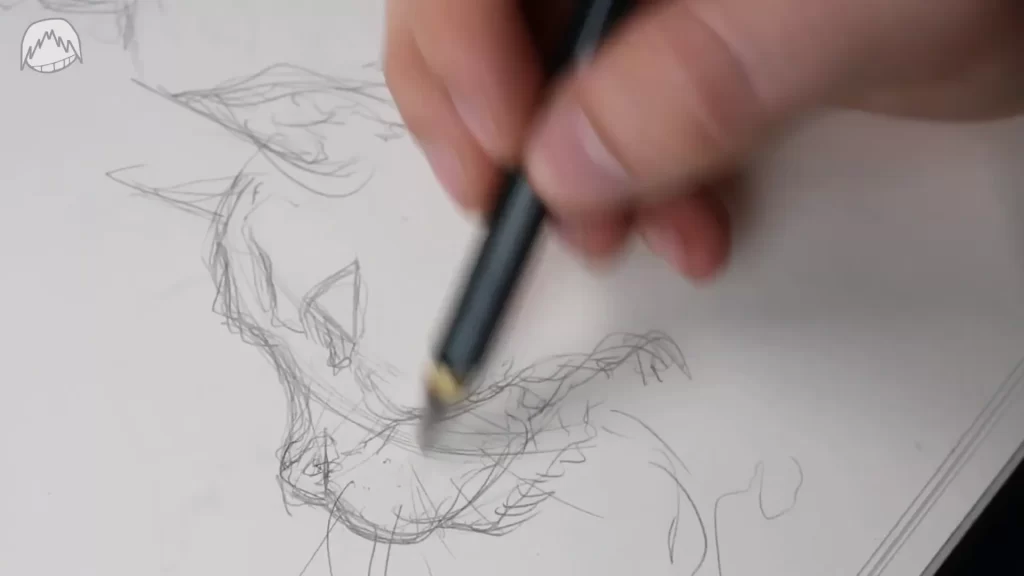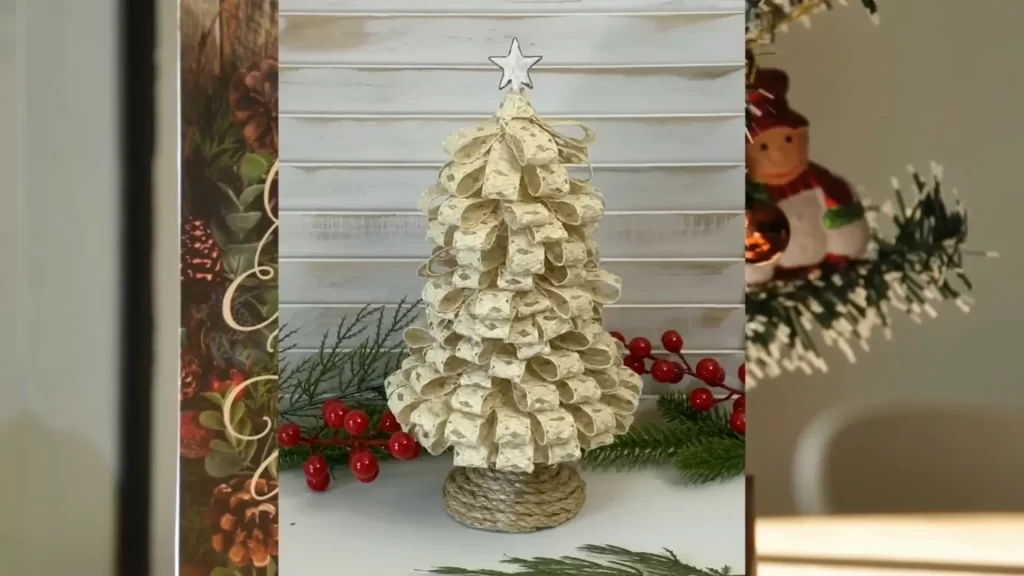
To create stunning watercolor landscapes, you’ll need to start with quality supplies like high-weight paper and a vibrant palette of colors, including Paynes Gray, Burnt Sienna, and Ultramarine Blue. Begin your composition with a light horizon line sketch and use the rule of thirds to position key elements. A watercolor tutorial can guide you in mastering basic techniques like wet-on-dry for crisp edges and experimenting with color mixing to achieve the right mood.
Apply light washes for distant elements and gradually build up texture and detail. Embrace unexpected effects and finish with precise touches that enhance depth. As you continue, you’ll find layers and details bringing your landscapes to life, and exploring various watercolor tutorials will help refine your skills even further.
Gather Your Supplies

Before you immerse yourself in painting your watercolor landscape, it’s important to gather all necessary supplies. First, pick up high-weight watercolor paper, which prevents buckling and provides a smooth surface, vital for achieving the best results in your watercolor painting tutorial.
Next, select a quality set of watercolors. Opt for vibrant, mixable hues like Paynes Gray, Burnt Sienna, and Ultramarine Blue to bring your landscape to life.
You’ll also need a variety of brushes. Start with round brushes in sizes 2, 4, and 6 for detail work and a larger flat brush for washes and broader strokes. These tools are foundational in any watercolor tutorial, allowing you to explore different textures and effects.
Additionally, don’t forget to prepare your other essentials. Have paper towels ready for blotting, a clean cup of water for rinsing your brushes, and blue painter’s tape to secure your paper and create sharp, clean borders. This setup not only keeps your workspace tidy but also enhances your efficiency, a tip often highlighted in any watercolor tutorial.
Lastly, organize your workspace to keep distractions at bay and all supplies within easy reach, setting the stage for a seamless and enjoyable painting session.
Master Basic Techniques

To master the art of watercolor landscapes, you’ll need to explore various brush strokes and mix perfect colors.
Start by experimenting with different brushes to see how each affects the texture and flow of your paint.
Then, practice mixing colors directly on your palette or on the paper to find the right shades and gradients for your scene.
Explore Brush Strokes
Often, the success of a watercolor landscape hinges on your mastery of brush strokes. Utilizing different brush sizes is key. Rounds like sizes 2, 4, and 10 help you achieve detailed effects, while a larger flat brush is perfect for sweeping broad washes, setting the stage for diverse textures across your canvas.
You’ll want to master both the wet-on-dry and wet-on-wet techniques. Use wet-on-dry for those sharper edges and defined shapes, essential for structures or foreground elements. Conversely, the wet-on-wet approach is your go-to for soft shifts and seamless blending, especially effective in skies and distant vistas.
Don’t shy away from experimenting with dry brushing to add texture, particularly useful in the foreground where detail is paramount. Similarly, spattering can inject a dash of spontaneity and intricate detail, mimicking the random beauties of nature.
Incorporate unconventional tools like twigs for fine line work, adding an organic touch to your piece. Remember, maintaining a light touch is critical. Overworking can lead to muddiness, so keep your strokes fresh and spontaneous, ensuring your landscape remains vibrant and evocative.
Mix Perfect Colors
Mastering the art of color mixing is essential for painting realistic watercolor landscapes.
You’ll want to start with a limited palette, focusing on primary colors like creamy yellow, burnt sienna, and ultramarine. This strategy lets you create a wide range of shades by mixing these basics, rather than cluttering your workspace with too many tubes of paint.
Try mixing burnt sienna with yellow to achieve warm golden tones perfect for depicting land.
For the sky, blend ultramarine with a touch of cadmium yellow to produce a soft, diluted wash that adds depth and a sense of expansiveness.
When painting foliage, mix yellow into green and add a bit of burnt sienna to introduce warmth and texture, creating more natural-looking midtone greens.
Start With a Sketch

Before diving into the vibrant world of watercolors, start by sketching out the basic structure of your landscape. First, lightly draw the horizon line, which helps lay the foundation of your composition. Position it thoughtfully, either above or below the center, to create a more dynamic scene. This isn’t just about dividing the paper; it’s about anchoring your entire piece.
Next, outline the major elements like mountains, trees, and bodies of water. Use your pencil to map out these large shapes, providing a clear guide without committing to intricate details just yet. Remember, the goal here is to establish a framework that directs your painting, not to finalize it.
In the sky area, keep your sketch light. You’ll want the freedom to explore with your watercolors later, without pencil lines dictating every cloud and ray of light.
Also, apply the rule of thirds by imagining your canvas divided into a grid. Place the key elements of your sketch at the intersections of these lines to enhance visual interest.
Finally, start with broad shapes and gradually add smaller details. This approach guarantees you maintain a balanced and cohesive composition, setting the stage for a stunning watercolor landscape.
Apply the First Wash

Once your sketch is ready, soak the paper with clean water to prepare for your first wash. This initial step sets the stage for a stunning watercolor landscape, imbuing your artwork with a sense of freshness and possibility.
Here’s how you’ll proceed:
- Embrace Simplicity: Use a large flat brush to gently apply a light wash of sky color. Typically, a diluted shade of ultramarine blue or cerulean blue works wonders. Watch as the colors bleed into each other, creating a calming, ethereal effect that mirrors the vastness of the sky.
- Capture the Light: Start with the lightest parts of your scene. This approach guarantees that your painting maintains its luminosity and depth, evoking a sense of awe as you layer more details.
- Patience is Key: Allow the first wash to dry completely. This pause is vital; it’s a moment to step back and see your landscape begin to come alive, making sure that the subsequent layers enhance rather than muddy your composition.
- Explore Soft Changes: Utilize the wet-on-wet technique to craft soft changes, perfect for creating the illusion of distant clouds or a hazy horizon, adding a dreamlike quality that draws viewers into your landscape.
Explore Color Mixing

Exploring color mixing is essential for bringing your watercolor landscape to life. Start with a limited palette like creamy yellow, burnt sienna, and ultramarine to simplify your process yet still allow for a wide range of colors. Mixing burnt sienna with yellow, you’ll create warm golden tones perfect for depicting land. These rich shades provide a solid foundation for your landscape.
When you blend ultramarine with cadmium yellow, you get a light, diluted wash ideal for lighter areas in your painting. This technique helps you establish a sense of depth right from the start.
For the lush greens of foliage, mix a bit of yellow into green and add a touch of burnt sienna. This combination not only achieves midtone greens but also brings warmth and a natural feel to the leaves and grasses.
Lastly, don’t forget to use pure yellow for the highlights in your foliage. It’ll add that spark of vibrancy and dimension that makes your landscape pop.
As you apply these colors, remember to keep the application transparent to enhance the depth even further, mirroring the subtlety and beauty of the natural world.
Develop Texture and Details

As you progress in your watercolor landscape, it’s essential to focus on texture and details that bring your scene to life.
Start by exploring layering techniques, where you’ll gradually build up color intensity and detail to add depth.
Then, try the dry brush method to achieve rough, textured effects like tree bark or grass, enhancing the realism of your painting.
Layering Techniques Explored
In watercolor landscape painting, mastering layering techniques is essential for developing texture and adding intricate details to your scene. By building your painting from light to dark, you guarantee each layer adds depth while maintaining the vibrancy and clarity of your colors.
Here’s how you can enhance your landscapes:
- Start with light washes: Begin by applying light washes for the sky and distant elements. This sets a gentle mood and provides a base for deeper contrasts.
- Define with wet-on-dry: Once your initial wash is dry, use the wet-on-dry technique to add defined shapes and crisp edges to trees, rocks, and buildings. This sharpness evokes a sense of realism and focus.
- Deepen with glazing: Layer transparent glazes to intensify colors and unify different parts of your painting. Each glaze enriches the scene, making the sunlight seem warmer and the shadows cooler, pulling your viewer deeper into the landscape.
- Incorporate varied tools: Use different brushes, sponges, or even plastic cards to create unique textures like leafy trees or rough pathways, adding an element of surprise and delight.
Embrace the unexpected; sometimes those unplanned drips or blends capture the perfect essence of your artistic vision.
Utilizing Dry Brush Method
You can elevate your watercolor landscapes by mastering the dry brush technique, which adds stunning texture and detail to your work. This method involves using a stiff, relatively dry brush loaded with just enough paint to create distinct, textured strokes. It’s perfect for depicting natural elements like grass, tree bark, or rocky surfaces.
To achieve the dry brush effect, you’ll need to lightly drag the brush across the paper’s surface. Remember, allowing some of the white paper to peek through can enhance the natural appearance of your scene.
This technique is especially useful when you’re building up layers in your painting, as it lets you add fine details without disturbing the still-wet layers beneath.
Experiment with different brush sizes to see what works best for various textures. Smaller brushes are great for intricate details, while larger brushes can provide broader, textured strokes that cover more area.
Most importantly, practice controlling the amount of water in your brush. Too much water can result in a washed-out look, whereas the right level of dryness helps maintain crisp, clear lines and rich textures that bring your landscapes to life.
Add Depth and Atmosphere

To add depth and atmosphere to your watercolor landscape, start by applying cooler colors in the background. This technique sets the stage for creating a sense of distance.
As you move to the foreground, shift to warmer tones. These subtle changes make your painting feel more alive and inviting.
Here are four key strategies to enhance the depth and emotional appeal of your watercolor landscapes:
- Soften the Edges: In the distant elements of your scene, use soft edges. This blurring effect makes these elements recede into the fog of distance, pulling the viewer’s focus towards sharper, clearer objects in the foreground.
- Layer Your Colors: Begin with light washes, gradually adding darker layers. This builds dimension and a tangible sense of depth, as if one could step right into the scene.
- Employ Atmospheric Glazing: Overlay thin, transparent glazes to harmonize the colors across your painting. This unifies the scene and mirrors the natural interplay of light and air.
- Adjust Contrast: Apply higher contrast in the foreground with crisp, vivid details against a more muted background. This not only guides the viewer’s eye but also enhances the spatial dynamics of your landscape.
Final Touches and Preservation

Once you’ve layered colors and adjusted contrasts to add depth and atmosphere, it’s time to focus on the final touches that will bring your watercolor landscape to life.
Start by reviewing your painting for balance and detail. Add highlights and shadows carefully to enhance depth and interest, but be careful not to overwork the areas. A light wash of diluted burnt sienna can unify the colors and add a warm glow to your landscape, setting the stage for those final details.
Using small brushes, make precise adjustments to elements like grasses and tree trunks. This helps create realistic textures and shapes, infusing life into your painting.
After you’re satisfied with the visual outcome, it’s essential to protect your artwork. Let the painting dry completely before handling it. To preserve your work, store it flat in a portfolio or frame it under glass, which guards against fading and physical damage.
If you’re concerned about moisture or UV light, consider applying a fixative spray designed for watercolors. This extra step guarantees your landscape remains vibrant and preserved, ready to be admired for years to come.
Frequently Asked Questions
How Do I Fix a Mistake in a Watercolor Landscape?
To fix a mistake in your watercolor landscape, you can lift the paint while it’s still wet or use a damp brush to blur and blend the error once it’s dried. Stay patient and creative!
Can I Use Watercolor Pencils for Landscape Painting?
Yes, you can use watercolor pencils for landscape painting. They’re great for adding detail and precision. Just apply them dry and then use a wet brush to blend and create beautiful watercolor effects.
What Is the Ideal Paper Weight for Watercolor Landscapes?
For watercolor landscapes, you’ll want to use paper that’s at least 140 lb. It’s thick enough to handle wet washes without warping, ensuring your paintings remain flat and look their best.
How Do Weather Conditions Affect Outdoor Watercolor Painting?
Weather conditions greatly impact your outdoor watercolor painting. Humidity can alter drying times, while wind might disturb your setup. Bright sunlight can affect how you perceive colors, so it’s crucial to adapt accordingly.
Are There Eco-Friendly Watercolor Supplies for Landscape Art?
Yes, you can find eco-friendly watercolor supplies. Look for non-toxic, plant-based paints and recycled or bamboo paper. They’re great for reducing your environmental impact while still capturing stunning landscape scenes.
Conclusion
You’ve initiated a remarkable journey, transforming your vision into stunning watercolor landscapes. By mastering basic techniques, experimenting with color, and adding those essential final touches, you’ve revealed new levels of creativity. Continue practicing and exploring the endless possibilities of watercolor. Remember, every stroke you make adds depth and emotion to your canvas. Now, go ahead and share your serene, vivid landscapes with the world—each piece a reflection of your unique artistic voice.


Pingback: Explore Stunning Washes: Watercolor Inspiration Guide